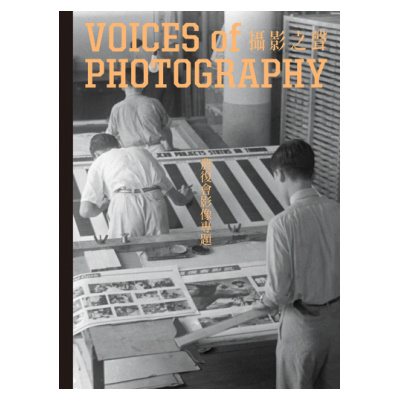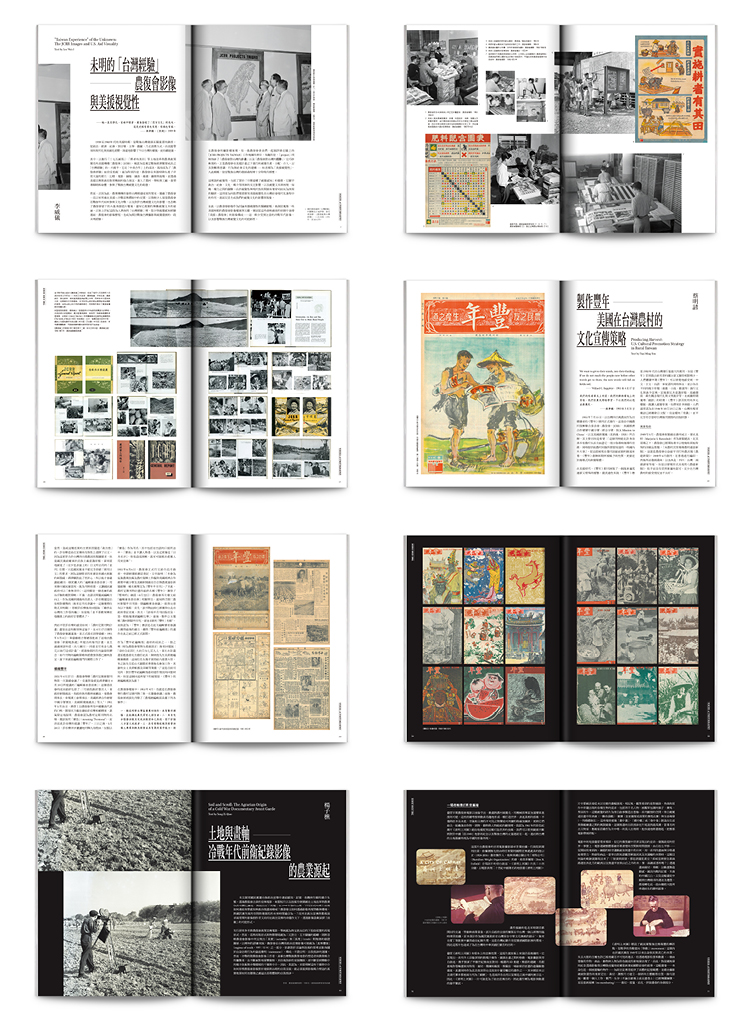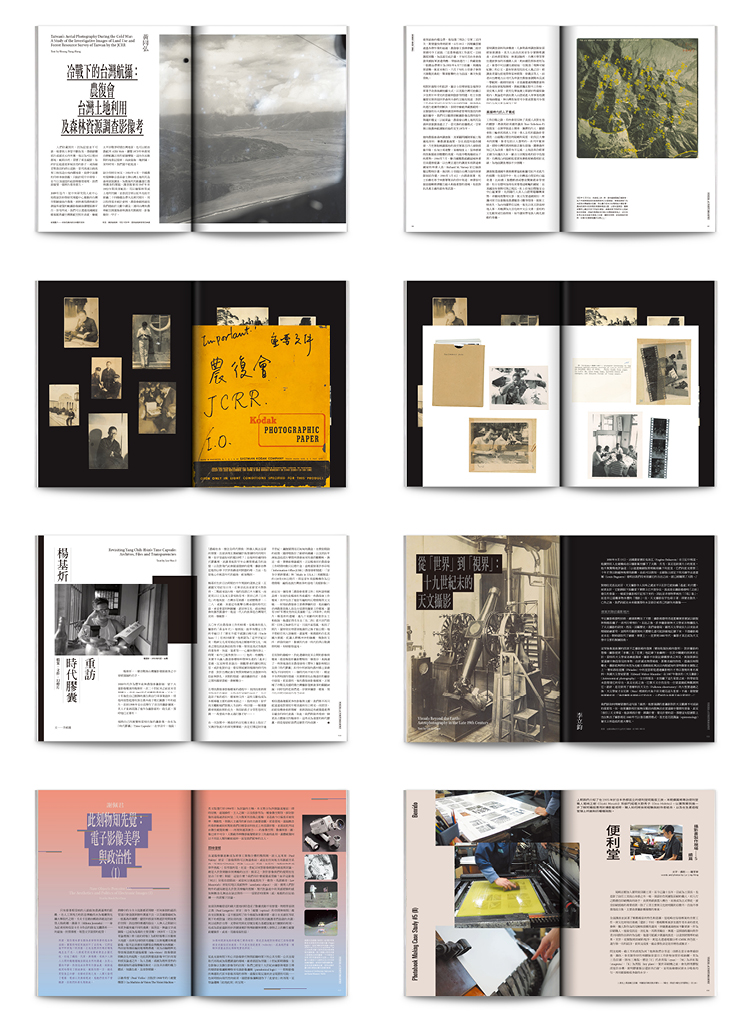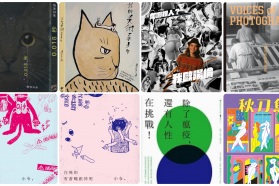
本期我們重返影響台灣戰後發展至關重要的美援年代,尋索過往在台灣影像歷史視野中遺落、但卻十分關鍵的美援時期台灣視覺歷程──「農復會」的影像檔案。
成立於1948年、以推行「三七五減租」和「耕者有其田」等土地改革與農業政策聞名的農復會(中國農村復興聯合委員會,JCRR),被認為是奠定二十世紀「台灣經驗」基礎的重要推手。然而很少人留意,這一農經專業的美援機構,在1950至60年代拍攝了大量的照片、幻燈、電影,並生產各種圖像、圖表、圖冊與海報,在冷戰年代與美援宣傳機制緊密連結,深深參與了戰後「台灣(視覺)經驗」的構成,影響著我們的視覺文化發展。
冷戰與美援如何形塑台灣的影像與視覺感知?本期專題透過採集考察眾多第一手的農復會早期攝影檔案、底片、圖像、影片與文獻資料,揭載鮮為人知的美援年代視覺工作,追尋這一段逐漸隱沒的戰後台灣攝影與美援視覺性的重要經歷。
其中,李威儀考掘農復會的歷史線索與視覺文本,探查美援的攝影檔案製程、「農復會攝影組」的成員蹤跡,以及文化冷戰期間從圖像、攝影到電影中的美援視覺路徑;蔡明諺分析1951年由農復會、美國經合分署與美國新聞處共同創辦的《豐年》半月刊,從語言、歌謠與漫畫等多元的視覺表現中,重新閱讀這份戰後最具代表性的台灣農村刊物潛在的意識形態構成與政治角力;楊子樵回看多部早期農教與政策宣傳影片,析論農復會在戰後台灣發展中的言說機制與感官部署,並從陳耀圻參與農復會出資拍攝的紀錄片計畫所採取的影音策略,一探冷戰時期「前衛」紀錄影像的可能形式;黃同弘訪查農復會在1950年代為進行土地與森林調查所展開的航空攝影,解析早期台灣航攝史的源起與美援關聯,揭開多張難得一見的戰後台灣地景航照檔案。
此外,我們也尋訪生於日治時期、曾任農復會與《豐年》攝影師的楊基炘(1923-2005)的攝影檔案,首度開啟他封存逾半世紀、收藏農復會攝影底片與文件的軍用彈藥箱和相紙盒,呈現楊基炘於農復會工作期間的重要文獻,並收錄他拍攝於美援年代、從未公開的攝影遺作與文字,重新探看他稱為「時代膠囊」的視覺檔案,展現楊基炘攝影生涯更為多樣的面向,同時反思「美援攝影」複雜的歷史情愁。
本期專欄中,李立鈞延續科學攝影的探討,從十九世紀末天文攝影的觀測技術,思考可見與不可見在認識論上的交互辨證;謝佩君關注影像的遠端傳輸技術史,檢視當代數位視覺政權中的權力、知識與美學機制。「攝影書製作現場」系列則由以珂羅版印刷著稱的日本「便利堂」印刷職人帶領,分享古典印刷傳承的工藝秘技。
在本期呈現的大量影像檔案中,讀者將會發現關於美援攝影的經歷與台灣歷史中的各種視覺經驗,還有許多故事值得我們深入訪查。感謝讀者這十年來與《攝影之聲》同行,希望下個十年裡,我們繼續一起探索影像的世界。

In this issue of VOP, we revisit the era of U.S. aid, a period that was of utmost importance to Taiwan’s post-war social and economic development, and explore Taiwan’s much forgotten but crucial visual journey during this era ── the visual archives of the JCRR.
Established in 1948, the Chinese-American Joint Commission on Rural Reconstruction, or the JCRR, is widely known for the implementation of various land reform and agricultural policies, such as the “375 rent reduction” and “Land-to-the-tiller” programs. Hence, the Commission is considered an important cornerstone to laying the foundations of the “Taiwan Experience” in the 20th century. That said, very few are aware that this U.S. aid organization specializing in agricultural economics was also closely associated with the American propaganda mechanism during the Cold War, and had in its possession countless photos, slides and movies, and produced various images, charts, pamphlets and posters. All these contributed to the formation of the post-war “Taiwan (Visual) Experience”, deeply influencing the development of our visual culture.
How exactly did the Cold War and U.S. aid shape Taiwan’s image and visual perception? This issue’s special feature uncovers the little-known visual activities from the U.S. aid era by investigating the collection of JCRR’s first-hand photo files, negatives, images, films and documents, and traces this important journey of post-war Taiwan photography and U.S. aid visuality that has gradually faded from people’s minds.
Among them, Lee Wei-I examines the historical clues and visual texts of the JCRR, and explores the production of the U.S. aid photographic archives, following the traces of the members of the “JCRR Photography Unit” and the trails of U.S. aid visuals during the Cold War from images and photography to films. Tsai Ming-Yen analyzes the diverse visual manifestations, such as languages, ballads and comics, contained in the semimonthly publication Harvest, which was co-founded by the JCRR, the U.S. Economic Cooperation Administration, and the U.S. Information Service in 1951, presenting a new take on the ideological and political struggles that were hidden beneath the pages of this agricultural publication that could also be said to be the most representative publication of the post-war era. Yang Zi-Qiao looks back at the early agricultural education and propaganda films, and analyzes the discourse and sensory deployment utilized by the JCRR in the development of a post-war Taiwan and the possibilities of the “avant garde” documentary films from the Cold War period through the audio-visual strategies gleaned from director Chen Yao-Chi’s documentary project that was funded by the JCRR. At the same time, Houng Tung-Hung checks out the aerial photography taken by the JCRR in the 1950s for land and forest surveys, and uncovers the origins of Taiwan’s aerial photography with U.S. aid, giving readers a rare glimpse at post-War Taiwan’s aerial landscape photographic archives.
In addition, we will explore the photographic archives of Yang Chih-Hsin (1923-2005), a former photographer who was born during the Japanese colonial period and worked for the JCRR and Harvest, unearthing negatives and documents kept away in the ammunition and photo-paper box that had stayed sealed for more than half a century. This feature presents important files of Yang during his time with JCRR, and photographs taken and written texts produced during the U.S. aid era but were never made public. We go through the visual archives enclosed in what he called a “time capsule”, shedding light on the diversity of his photography career, while reflecting on the complex historial sentiments towards “U.S. aid photography” at the same time.
Lee Li-Chun continues the discussion on scientific photography in his column, exploring the interactive dialectics between the seen and the unseen through the observation technology of astrophotography in the late nineteenth century. Hsieh Pei-Chun focuses on the history of the technology behind remote transmission of visuals and examines the power, knowledge and aesthetics that underlies contemporary digital visual regime. Finally, this issue’s “Photobook Making Case Study” is led by the printing experts at Japan’s Benrido, a workshop that is renowned for its mastery of the collotype printing technique.
Through the large collection of photographic archives presented in this issue, readers will see that there remain many stories on the photography process in the U.S. aid era and various types of visual experiences in Taiwan’s history that are waiting to be unearthed. We thank our readers for staying with VOP for the past decade and we look forward to another ten years of exploring the world of images with you.

本期目錄 Contents
未明的「台灣經驗」──農復會影像與美援視覺性
“Taiwan Experience” of the Unknown: The JCRR Images and U.S. Aid Visuality
李威儀 Lee Wei-I
製作豐年──美國在台灣農村的文化宣傳策略
Producing Harvest : U.S. Cultural Promotion Strategy in Rural Taiwan
蔡明諺 Tsai Ming-Yen
土地與畫軸──冷戰年代前衛紀錄影像的農業源起
Soil and Scroll: The Agrarian Origin of a Cold War Documentary Avant Garde
楊子樵 Yang Zi-Qiao
冷戰下的台灣航攝──農復會台灣土地利用及森林資源調查影像考
Taiwan’s Aerial Photography During the Cold War: A Study of the Investigative Images of Land Use and Forest Resource Survey of Taiwan by the JCRR
黃同弘 Houng Tung-Hung
楊基炘:重訪時代膠囊──檔案.文件.幻燈片
Revisiting Yang Chih-Hsin’s Time Capsule: Archives, Files and Transparencies
李威儀 Lee Wei-I
從「世界」到「視界」──十九世紀末的天文攝影
Visuals Beyond the Earth: Astrophotography in the Late 19th Century
李立鈞 Lee Li-Chun
此刻物知先覺──電子影像美學與政治性(I)
Now Objects Perceive Me: The Aesthetics and Politics of Electronic Images (I)
謝佩君 Hsieh Pei-Chun
攝影書製作現場⑤續篇 : 便利堂
Photobook Making Case Study #5 (II): Benrido
羅苓寧 Lo Ling-Ning

